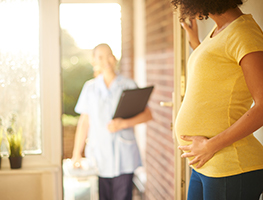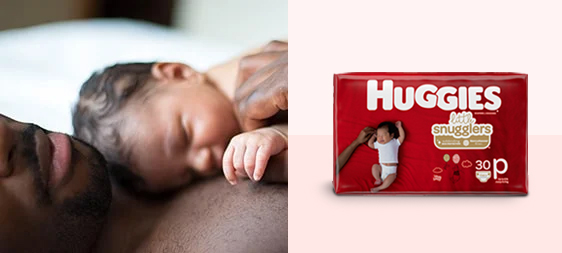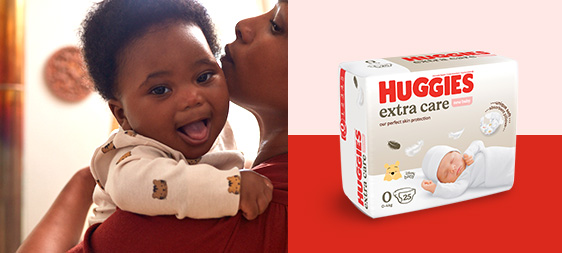You and your pelvic floor – keeping you poised after pregnancy
After birth, your bladder may still be recovering from the weight of your baby. Rest assured that you are not alone, as 1 in 3 women who have had children will experience some form of bladder weakness.
It is important that you continue Pelvic Floor Exercises to strengthen the core muscles, which are likely to have been affected by the weight of the baby. Through repetition, you will strengthen your muscles to help prevent any slight leaks that may occur due to the pressure placed on your bladder during your pregnancy.
Management Tips
In addition to pelvic floor exercises, there are several ways you can manage occasional bladder control problems:
Bladder Training – The aim of your bladder training programme is to teach you to hold on longer between visits to the toilet. Keeping a bladder diary will help to monitor your progress.
Watch your weight – This contributes to overall good health. Excess weight can make the problem worse by putting extra stress on your pelvic floor muscles.
Exercise – Recreational or sporting activities are of vital importance in keeping women fit and active. This might mean wearing protective gear.
Avoid constipation – Constipation can make your condition worse as you are straining your pelvic floor muscles to empty your bowels. This can have a very damaging effect on your pelvic floor muscles. Increasing the amount of fibre in your diet can reduce the likelihood of constipation.
Drink 6 to 8 glasses of water a day – This is the most important thing to do, as limiting your water intake may impact your health.
Eliminate or reduce alcohol and caffeine intake – Avoid beverages such as coffee, tea or cola soft drinks as these can dehydrate the body and irritate the bladder.
Avoid citrus fruits and juices, tomato-based and spicy foods – These kinds of food may irritate the bladder and make your problem more difficult to manage and control.
Practice good bladder habits – Try to get out of the habit of going to the toilet “just in case” as this can result in your bladder developing a smaller capacity over time. Try to hold on until you have at least 300 ml in your bladder (approximately 10 seconds of constant urine flow).

















